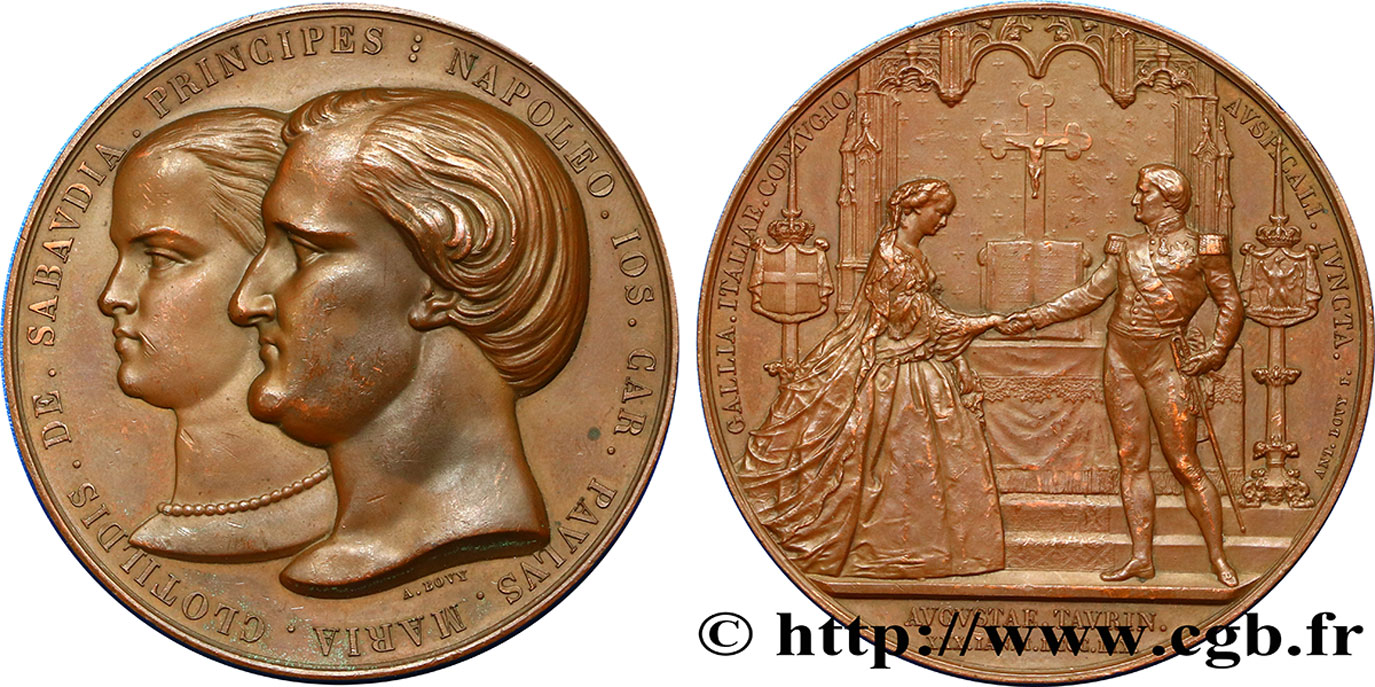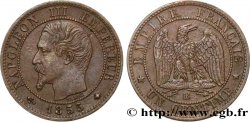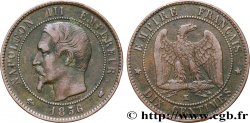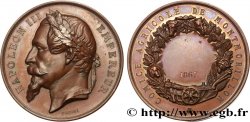fme_401213 - SECOND EMPIRE Médaille du mariage de Clotilde de Savoie et du prince Napoléon
Not available.
Item sold on our e-shop (2017)
Price : 300.00 €
Item sold on our e-shop (2017)
Price : 300.00 €
Type : Médaille du mariage de Clotilde de Savoie et du prince Napoléon
Date: 1859
Mint name / Town : Italie, Turin
Metal : copper
Diameter : 69 mm
Orientation dies : 12 h.
Engraver BOVY Antoine (1795-1877)
Weight : 176 g.
Edge : lisse + main CUIVRE
Coments on the condition:
Magnifique médaille avec une très agréable patine homogène
Obverse
Obverse legend : CLOTILDIS DE SABAVDIA PRINCIPES NAPOLEO IOS CAR PAVLVS MARIA.
Obverse description : Tête accolées des deux époux à gauche.
Reverse
Reverse legend : GALLIA ITALIAE CONIVGIO AVSPICALI IVNCTA // AVGVSTAE TAVRIN / XXX. IAN. MDCCCLIX.
Reverse description : Les époux debout, l’un face à l’autre se tendant la main, devant un autel ; les armes de .
Commentary
Rare et intéressante médaille pour le mariage de Marie-Clotilde de Savoie (1843-1911), fille aînée de Victor-Emmanuel II, roi de Sardaigne (1849-1861) puis roi d'Italie (1861-1878) et de Marie-Adélaïde d'Autriche (1822-1855) et de Jérôme Charles Joseph Paul Bonaparte, dit le Prince Napoléon (1822-1891).
Napoléon Joseph Charles Paul Bonaparte est né à Trieste le 9 septembre 1822 et décédé à Rome le 17 mars 1891 ; c’est une personnalité politique et militaire du Second Empire, cousin germain de l’empereur Napoléon III. Il était connu comme « le prince Napoléon » et était familièrement appelé « Plon-Plon ». Parfois désigné sous le nom de « Napoléon V », il ne fut, en réalité, jamais pleinement reconnu comme le chef de la maison impériale. En 1879, après la mort du prince impérial, les bonapartistes lui préfèrent son fils aîné, le prince Victor, ou, dans une moindre mesure, son fils cadet, le prince Louis Napoléon (1864-1932), colonel dans la garde impériale russe..
Napoléon Joseph Charles Paul Bonaparte est né à Trieste le 9 septembre 1822 et décédé à Rome le 17 mars 1891 ; c’est une personnalité politique et militaire du Second Empire, cousin germain de l’empereur Napoléon III. Il était connu comme « le prince Napoléon » et était familièrement appelé « Plon-Plon ». Parfois désigné sous le nom de « Napoléon V », il ne fut, en réalité, jamais pleinement reconnu comme le chef de la maison impériale. En 1879, après la mort du prince impérial, les bonapartistes lui préfèrent son fils aîné, le prince Victor, ou, dans une moindre mesure, son fils cadet, le prince Louis Napoléon (1864-1932), colonel dans la garde impériale russe..








 Report a mistake
Report a mistake Print the page
Print the page Share my selection
Share my selection Ask a question
Ask a question Consign / sell
Consign / sell
 Full data
Full data



